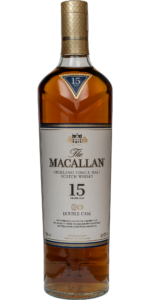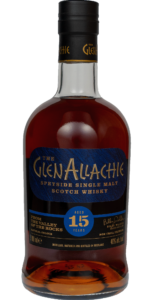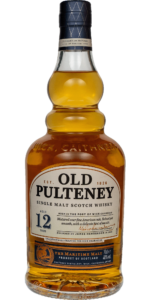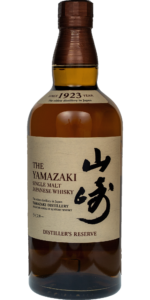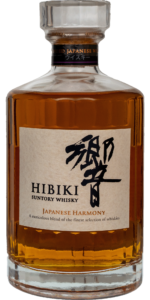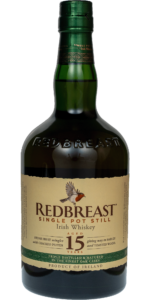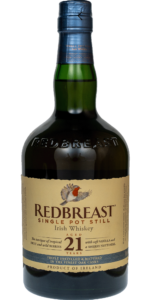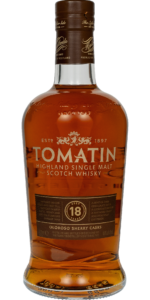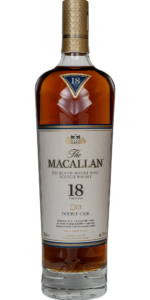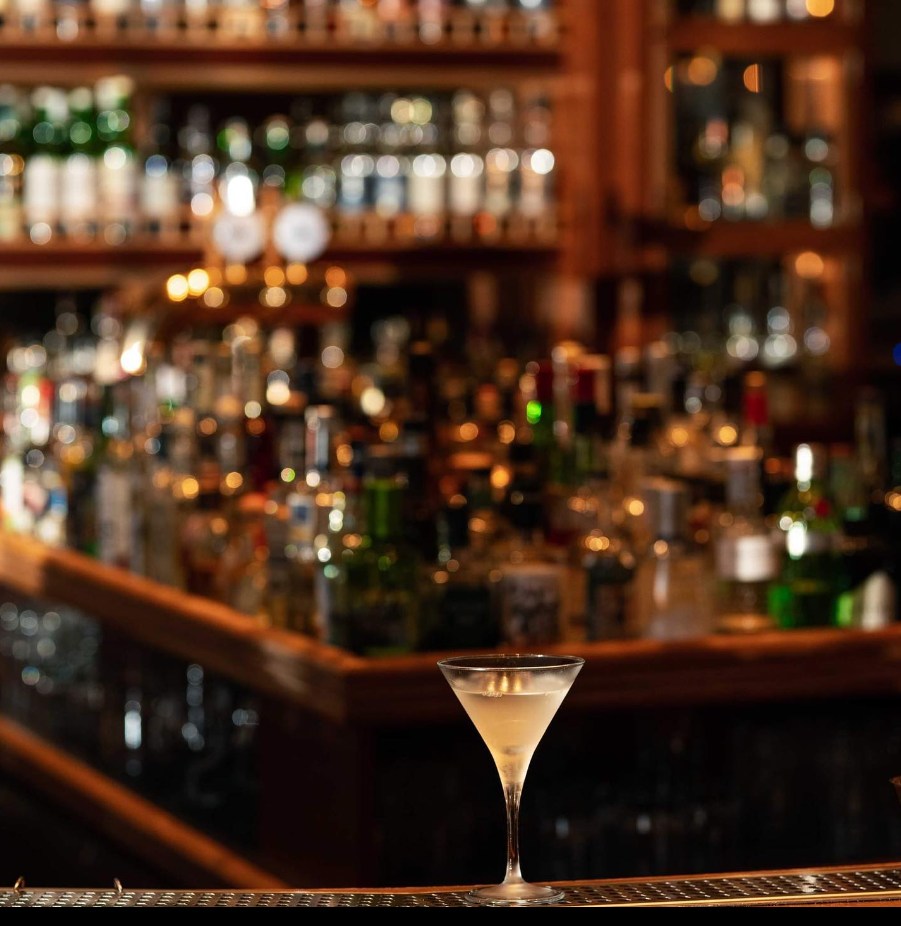From Barrel to Bottle: The Journey of a Premium Whisky
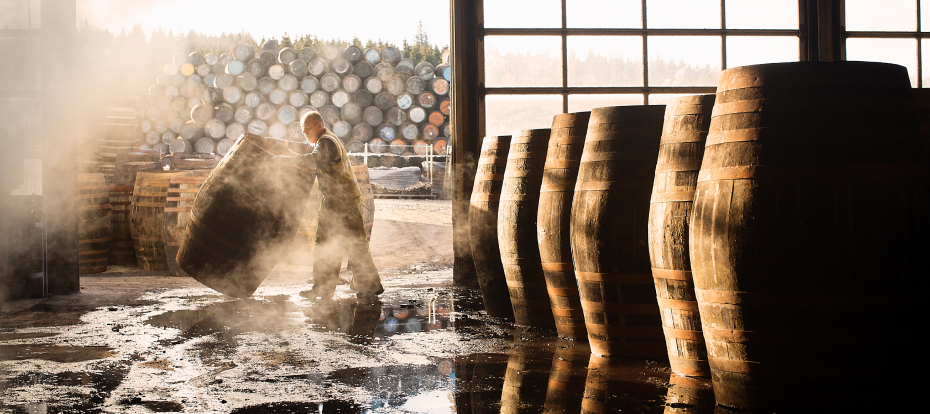
Discovering the Art Behind Every Sip
The rich taste of a premium whisky is the result of time-honored traditions, scientific precision, and artisanal craftsmanship. While many enjoy the complex flavors of a well-aged bottle, few realize the dedication and expertise that go into every sip. From the careful selection of ingredients to the final bottling, the journey of a premium whisky is a testament to the skill and patience of its makers. Let’s take a closer look at each step in this fascinating process, revealing how whisky evolves from barrel to bottle.

1. The Origins – Selecting the Right Ingredients
Every great whisky begins with a careful selection of ingredients. The quality of these foundational elements plays a significant role in the final product:
– Water: Pure water is essential as it influences both the flavor and clarity of the whisky.
– Barley (or Other Grains): Barley, rye, or corn is typically used, each contributing distinct characteristics.
– Yeast: This tiny organism is responsible for turning sugars into alcohol, impacting aroma and taste.
Fun Fact: The purity and mineral content of water sourced from natural springs are key factors in producing a high-quality whisky. Each whisky distillery often has its own water source, unique to its regional terroir.
2. Malting – Transforming Barley for Fermentation
In the malting stage, barley undergoes a transformation to prepare it for fermentation. Here’s how it works:
1.Soaking: The barley is steeped in water, which encourages germination.
2.Germination: The grain begins to sprout, releasing enzymes that convert its starches into fermentable sugars.
3.Drying: The malted barley is dried in a kiln, sometimes with peat smoke, adding a smoky character to the final whisky.
Malting unlocks the barley’s potential for fermentation, introducing foundational flavors that will later be refined through distillation and aging.
3. Mashing – Extracting Sugars
After malting, the barley is ground into a coarse flour called grist. The grist is mixed with warm water in a process known as mashing. This step allows the enzymes in the barley to break down remaining starches into sugars.
The result is a sugary liquid called wort, which will serve as the base for alcohol production. The quality of the wort directly impacts the richness and texture of the final product.
4. Fermentation – Introducing Yeast and Creating Alcohol
Fermentation is where the magic truly begins. Yeast is introduced to the wort, and over the next 48 to 72 hours, it converts sugars into alcohol.
– Yeast Strains: The type of yeast strain used can enhance certain flavors, from fruity notes to spicy undertones.
– Fermentation Length: Longer fermentation periods typically create more complex flavor compounds.
Tip: The flavors developed during fermentation are often described as “fruity” or “estery,” giving certain whiskies a distinct profile that can be immediately recognizable.

5. Distillation – Refining and Concentrating Flavors
Distillation is a defining step in whisky production, where the alcohol content is concentrated and refined:
1.Copper Stills: Most whisky distilleries use copper stills, as copper absorbs sulfur compounds that can negatively impact taste.
2.Multiple Distillations: Some whiskies, like Scotch, undergo two distillations, while others may go through three to achieve a smoother finish.
During distillation, distillers carefully monitor and separate the “hearts” (the best portion) from the “heads” and “tails,” which contain undesirable elements. This selective process is vital for ensuring only the finest flavors make it to the barrel.

6. Aging in Oak Barrels – The Art of Maturation
The aging process takes place in carefully selected oak barrels, and this step is where whisky gains much of its character. Oak barrels not only infuse the whisky with flavors but also allow it to “breathe,” which subtly changes its profile over time.
– Types of Barrels: Most whiskies age in American or European oak barrels. Some distilleries use barrels that previously held sherry, wine, or bourbon, imparting unique flavors.
– Climate Impact: In warmer climates, whisky matures faster, while cooler climates encourage slow, complex aging.
During aging, the whisky absorbs compounds from the wood, such as vanillin, tannins, and lignin, which contribute to its smoothness and depth. Did you know? In Scotland, it’s common to age whisky for at least three years, but some barrels may be aged for decades to achieve rare and nuanced flavors.
7. Bottling – The Final Step Before Enjoyment
After years (or even decades) of maturation, the whisky is ready for bottling. However, a few additional steps ensure that the whisky is presented at its best:
– Filtering: Whisky is often filtered to remove any unwanted particles, although non-chill-filtered whiskies are popular among purists for retaining maximum flavor.
– Bottling Strength: Some whiskies are bottled at cask strength, meaning they retain their natural ABV, while others are diluted to a standard strength.
The bottling process encapsulates all the character that the whisky has developed over time, creating a product ready to be shared, collected, or savored.
Appreciating the Craft Behind Every Bottle
From barrel to bottle, each step in whisky production is a testament to skill, patience, and artistry. Understanding the journey that every premium whisky undergoes—from the sourcing of ingredients to the precise aging process—can deepen your appreciation for every sip. Next time you raise a glass, remember the complex journey behind each flavor note, and if you’re ready to explore this craftsmanship firsthand, CV Distiller offers an array of premium whiskies crafted with this dedication.


